|
I was reminded by Facebook this week of how far we have come in the last six years. Six years ago we decided that we really wanted to garden and make it matter. We had always gardened, but more in a fun hobby, but still buying all of our food from the store kind of way. We wanted a garden that fed us for most of the year. The week of Valentines Day we found a small greenhouse at Menards that was on sale for $99.99 which was way out of our price range, but the last day of the sale we got a rebate check from Menards in the mail for about $90. What was a real blessing! We called it our Valentines gift to each other. Steven was sure we would never fill it up. He half jokingly said that if I would plant a few extra plants, he would try and sell them. In that way we could help offset the cost of the growlights and trays and greenhouse. He was thinking 15-20 plants. I planted over 100 extra. They sold really fast so we planted more. It turned out that lots of people were interested in growing vegetable gardens, and so to keep up with demand we have been adding an additional greenhouse every year. This year we will be setting up six greenhouses, and will not have any extra space to spare. It's been fun to help others grow great gardens. That first year we grew tomatoes, and a few peppers, then we added more vegetables and herbs, Then we added strawberries, cucumbers, sqaush and melons. Last year we really increased the number of herbs we grew. This year we added onion seedlings and seed potatoes and seeds from Seed Savers Exchange in Decorah, Iowa. (If you're local check out our 2021 plant sale here!) We have seen a big uptick in demand every year, but especially this year and last year. The pandemic caused a huge increase in people interested in vegetable gardening. Its a security thing, and a therapy thing. Plants don't argue about politics or worry about things, they just keep growing toward the sun, and it turns out being outside in the sun is good for you too. Also, growing food is more fun than growing grass. It's delicious, and it feels really good to participate in the process of feeding yourself and providing food for your family. It really does. Everytime the economy goes down interest in gardening goes up. A garden can be a big help to the grocery budget and is a great hedge against inflation. This year we have seen another surge in demand for garden starts. We already have more than 20 times the orders in that we did this time last year right before the pandemic. We are busy planting peppers this week. All the hot peppers are planted, next I will plant the sweet peppers. In a couple weeks, I will be planting tomatoes. Steven did lots of research to find the best varieties, and we ordered early, so we got what we wanted. Seed companies are seeing the same surge in demand. Some have shut down their websites, restricted the number of orders recieved for the day, or limit orders to only those with professional accounts. Most have anounced delays on shipping as everyone does their best to keep up with the unprecedented demand. Amidst the hussle of the month, we recieved an invitation to talk to a group of high school aged Girl Scouts as they are working on a badge about food. One question they asked was if we had always been interested in gardening and food production. Steven laughed when he responded that as a kid he thought gardening was only for old people, like his grandparents who grew victory gardens. How refreshing it was to see a group of high school aged Girl Scouts interested in gardening and learning where their food comes from and how it is grown. I guess gardening isn't just for old people after all!
What is my last frost date?As soon as the seed orders show up eveyone wants to know if it is time to plant seeds. The answer is, "It depends." I'm right there with everyone hoping for spring and missing the green of my garden. We live in plant hardiness zone 5a. We do not get spring first so we watch gardeners on YouTube from warmer places with a little envy this time of year. But there are some things I can plant even in January. Lets talk about starting seeds early indoors to transplant into the garden later. The first question we need to ask is what is my last frost date? Lets look at a frost chart like this one, https://davesgarden.com/guides/freeze-frost-dates/ or another frost freeze day calculator, and enter your zipcode. You will get a chart like the one below. You will find that your frost date is really a series of dates with a certain risk attached. In the example below, you can see that on an average April 13th, this location has a 90 percent chance of having another frost, and even a hard feeeze. By April 25th of an average year, it only has a 50 percent chance of another frost, and likely won't get another hard freeze. By May 7th, the chances of a frost of any kind drops to just 10 percent so warm weather is likely to stay. What does this have to do with when you start your seeds? A lot! This leads to our second question which is, what is my risk tolerance? What is my risk tolerance? The weather is not totally predicable. If you garden, you are going to accept some risk. How much risk is up to you. Answering these four questions can help you decide how much risk you can handle. 1. Are you willing to watch the weather closely? Early spring weather is unpredictable. The earlier you plant the more vigilant you have to be about watching for freezing or near freezing weather, storms and other hazards. 2. Are you ready to cover your plants? If a late season cold snap comes, are you willing or able to cover tender plants, move plants indoors, or take other precautions like row covers to make sure that your early planted garden does not freeze? 3. Can you afford to lose it? We occasionally plant things too early and they get nipped by a late frost even if we have been careful to watch the weather and cover them, Covers can blow off in the wind, If you can't afford to replace it, you might want to wait a little longer. 4. Do you have a greenhouse? If you only have a few lights indoors, you will want to plant on the later end of the spectrum of frost dates. As the seeds grow into plants, you will run out of room under the lights. You don't want them too crowded, and transplanting seedlings into bigger pots takes exponentially more space. We can plant earlier, because we have greenhouses and can transplant seedlings into larger pots to prevent crowding and grow them out the greenhouse. They will have more space and better light. Its still a risk, because we have to run heaters and watch the temperature, but we can plant much earlier. Now that you have decided how much of a risk you can handle, and have a target last frost date in mind, let's go to a seed starting calculator. Johnny's Seeds has a really good one at: www.johnnyseeds.com/growers-library/seed-planting-schedule-calculator.html You'll need to enter your target last frost date and it will give you a range of planting dates. Lets pick tomatoes. If I choose May 7th as my frost free date, then the range that it gives me for planting is 6-8 weeks earlier, March 19th-April 9th. Tomatoes like a warm soil, so the calculator notes that I should plan on planting my tomatoes in the garden around May 14th-May 21st. That is a week or two after the last frost date and is a good planting time here in central Iowa. Now, I like to plant tomatoes a little earlier than that, but we have the heated greenhouses to transplant them up into. You may be willing to wrap or cover yours to be earlier too. Last year I planted tomatoes the first week of March. By May, they were 18 inches tall and we had ripe tomatoes near the 4th of July. It is more work, but we end up with a bigger and earlier harvest. Check out our seedling-starting-strategies post for more information on how we start our seeds successfully. Decide how much space and time you have.What should you plant and when? Using the information from the seed starting calculator, you can make a schedule for starting your seeds. We have a pretty good set up with multiple shelving units with lights and multiple greenhouses, but we still don't have room to start everything at once. Luckily, not everything should be planted at once. Do not plant everything all at once! Onions need upwards of 10 weeks of growing time before they are ready to go outside. Zuchinni, cucumbers, and melons only need 3-4 weeks. Some things can be planted outside earlier than the last frost. Lettuce, onions, celery, kale, cabbage, broccoli, cauliflower and more can all be planted and set out in the garden a little earlier. They like the cooler weather. Melons, sqaushes, peppers, eggplants, cucumber, and tomatoes all like a warm soil and air. They will be happiest going into the garden a week or more after your last frost date has passed. Write down a list of the things you want to grow from seed and how long they will take and make a plan. Write it down! This will really help you stay organized, and as you keep a record you can remember when you planted last year and make minor adjustments as needed. Here are a few tips from my experience: 1. When trying to determine what to plant, remember that when you plant seeds early, you are buying time. For example, if you plant tomato seeds inside 8 weeks before you could plant the seeds outside, you could get approximately 8 additional weeks of harvest. Tomatoes, peppers, eggplants, and big onions all take too long to grow from a seed planted directly in the garden after frost in zone 5 and have a good harvest, so they should be planted indoors first. 2. Look at the germination time. Plant things that grow at the same rate together. For example, parsley can take three weeks to germinate, but tomatoes sprout in about one week. I find that the quick growing plants will shade out the others under the lights, and it makes keeping humidity domes on hard when half of your tray has germinated and the other half won't come up for 10 more days. 3. Get an early start to the season by planting cold weather crops like cabbage, kale, chard, and herbs indoors. 4. Beans, peas, squashes, melons, and cucumbers will all be fine seeded directly in the ground. If you are tight on space under your grow lights, just plant them outside when it gets warm. However, if you have space under your grow lights for them starting them inside will still give you a 3 week headstart which can mean getting a good harvest before summer heat or bugs get it. 5. While many crops do well when started under lights inside, some don't. Most root crops should not be started in pots. Beets, carrots, radishes, turnips, etc. will grow better directly seeded into the garden. 6. Write it down! Keeping a record of when you plant things will help you stay organized, and as you keep a record you will be able to remember when you planted last year and make minor adjustments as needed. I heard somewhere that 90 percent of life is what happens while you were making other plans. That has been true this year. When we made our seed lists and orders last January, we could not have foreseen how different this year would turn out to be. Steven and the kids started work and school online in March, and have been online ever since. Like you, we've rearranged travel plans and our furniture and workspaces to accommodate online schooling. I wouldn't change everything though. In many ways this has been a great year. This year marks a turning point for us as our two oldest make college plans and we'll have another senior next fall. My mom says I shouldn't get used to having everyone home. It is time for them to launch and make plans of their own. I feel blessed to have just a little while longer with them all at home. However, online school and work has not been problem free. The golden retriever personalities in my family have really missed spending time with friends and attending high school games, band concerts, and events and I have missed my quiet spaces. With people on zoom meetings in every room of my house all day, we've all had to be extra considerate about noise and schedules. I loved this summer when the kids had no obligations or zoom meetings and could help with the garden. We grew a record amount of food and canned and dried more than ever. This is good because with everyone home for three meals a day, we are eating more too. Summer and fall are not the time I can sit and reflect. Even during a "normal" year, there is not much downtime as we can and preserve the harvest and take care of our large family. I had planned to write all sorts of things for the blog and add recipes too, but family comes first. I managed to post some updates to Instagram. Now I have some quiet time again as the holidays come to a close and everyone, even Steven, is taking a short break. It's time to reflect and think back on the garden year and see what we learned and what we will be doing this next year. Let's start with the garden wins this year. I loved growing the potatoes in buckets. The buckets kept the voles out and they were really easy and fun to harvest. We plan on expanding that project next spring. I love fresh just dug potatoes. We already preordered several hundred pounds of seed potatoes in six different varieties. We want to offer an early spring sale for those of you who are local and who have asked if we sell seed potatoes. Our onions were great too. We dried some, froze some, and ate a whole bunch fresh. This next spring we will be growing our own onion starts. We've already purchased 1000's of seeds (they are very small). I found an everbearing strawberry that I am excited to try from seed too. We had a hard time getting all the strawberry starts we needed last year in all the unprecedented rush. We've already ordered plenty for next year, so no worries. We are planning to have the seed potatoes, onion starts, strawberries, and kale etc. available for purchase for early spring planting in April. If you're local, let us know if you're interested. Someone recommended Ogalalla strawberries; an everbearing type created for the midwest, so we will have those this year too. This year with shortages on different products, it felt extra important to get a good yield out of our garden. We tried a bunch of newer sweet peppers that we will add to our list next spring. The winner of the spicy peppers this year was Aji Rico. It made the best smoked paprika powder, and was so tasty. We will definitely plant them again. We grew a different blend of tomatoes than we usually do this year because we lost all the plants in one full greenhouse last spring. The winner for us last year was paisano. It was a perfect sauce tomato and produced a ton of tomatoes even in pots. We've already looked through and ordered a bunch of new tomato seeds for the spring. We remodeled the Roma, paste, plum line up for maximum production and disease resistant varieties. We retired a few that didn't perform as well as we hoped and added a few more to try. When canning lids were in such short supply this summer, I was lucky not need to purchase more, but as we look ahead to 2021 the supply still looks tight, so I am thinking that I will dehydrate some of the tomatoes we grow next year instead of canning them all; paste tomatoes will dry beautifully. We have lots of seeds for herbs, melons, squashes and cucumbers. Steven and I sat down and did our own little "advancement" meeting this fall to determine what varieties we want to grow or sell in 2021. He does this on a huge scale for his day job at Corteva. It was fun to review the varieties we grew and what worked and what didn't. As we looked for things that we wanted to add to our list we were drawn to plants that would really work. For instance, cucumber beetles decimated our cucumbers. We got some, but not nearly what we needed to make pickles. We added county fair pickling cucumbers. They have all female flowers, which means they are self pollinating and we can cover them and keep out the cucumber beetles. They are also resistant to the bacterial wilt that the cucumber beetles carry. We did the same review on tomatoes, peppers, melons, squash, herbs etc. I'm really excited about our 2021 spring lineup. That leads us to our upcoming spring sale. The big project this month is going to be trying to put all of the 2021 plant inventory online. My appreciation for the ease of online shopping has increased this year during the pandemic. We want to be able to provide online ordering so that is easy for you, and easier on Steven. The spreadsheet magic that he does every year is amazing, but very labor intensive.
We've been ordering seeds, pots, and everything we need for the 2021 garden season. We ordered lots of things months ago. Why so early? Well, seeds have been in short supply everywhere, and some of them have been more expensive than they used to be. We've done a lot of shopping around. Some things are still backordered, but we got in line early so that we could find everything we need. We didn't want to be caught without our favorites available for you. It feels good to know that we have found a source for almost everything now. We'll be planting onion and strawberry seeds soon, and probably some hot peppers. They take forever to get going. I know winter is just getting started, but we will have the grow lights up and going in no time at all. It is great therapy in the coldest dark days of winter to turn on the grow lights and have green things growing. Only a few more days until it time for garden 2021! It's going to be great! |
Archives
April 2022
Categories
All
|
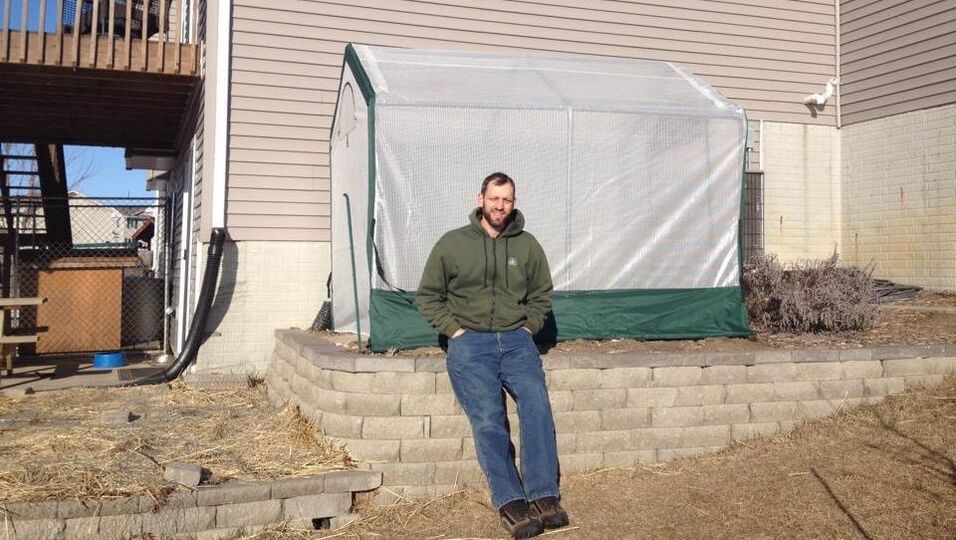
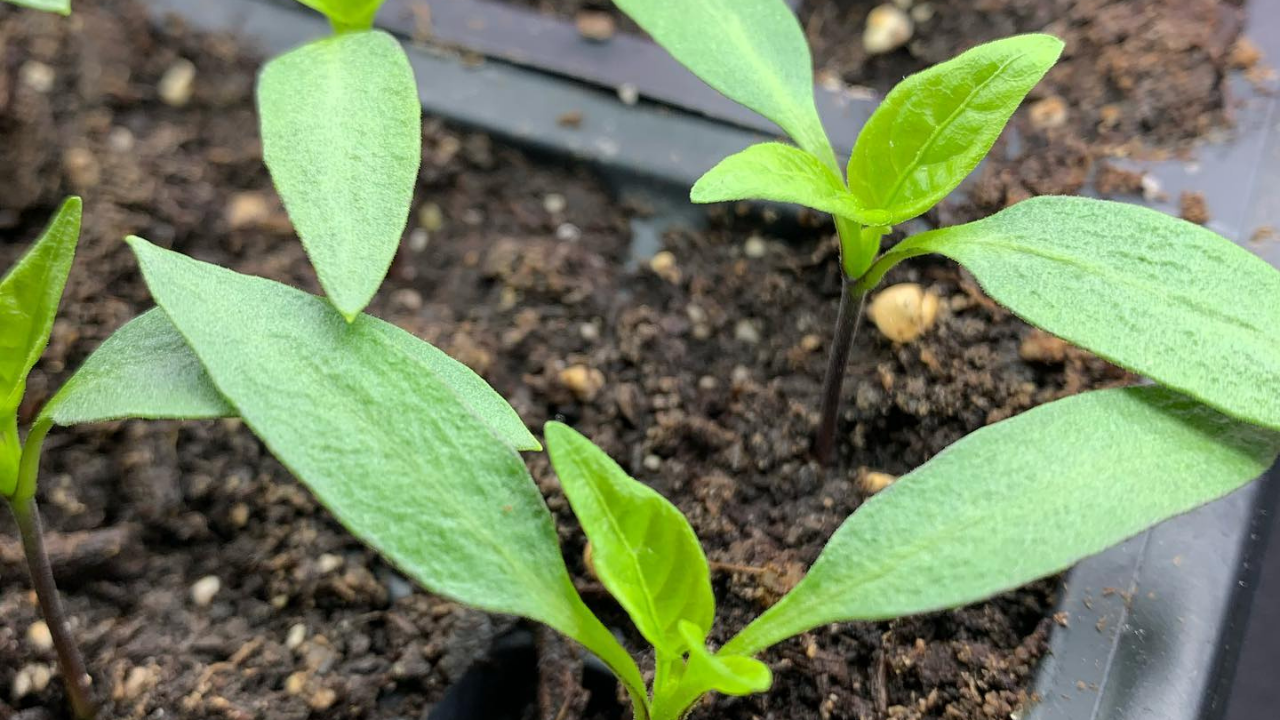
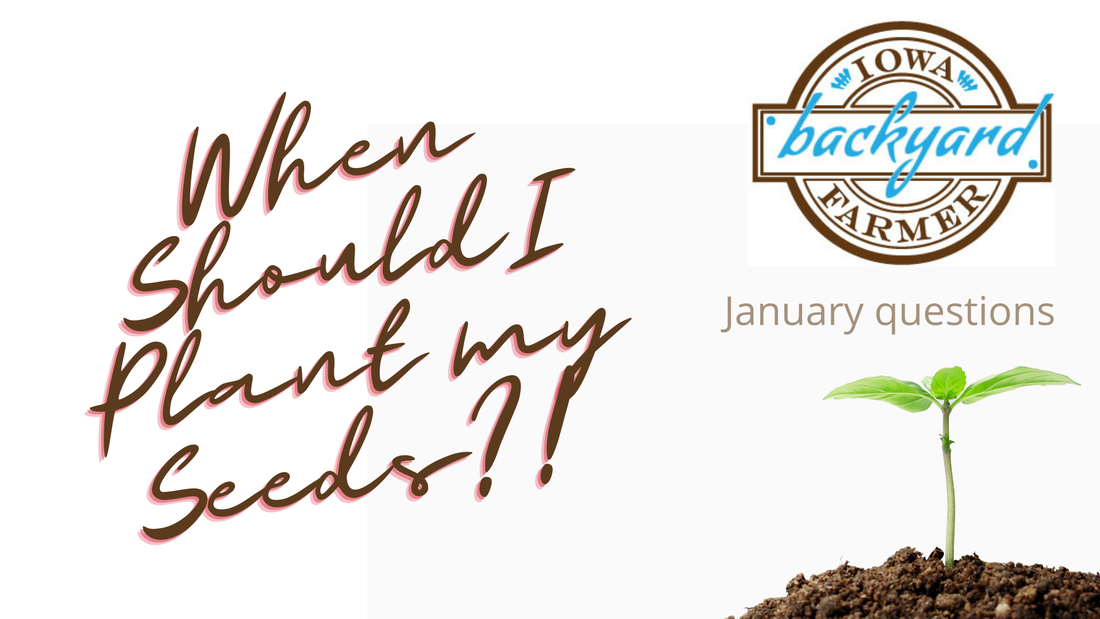
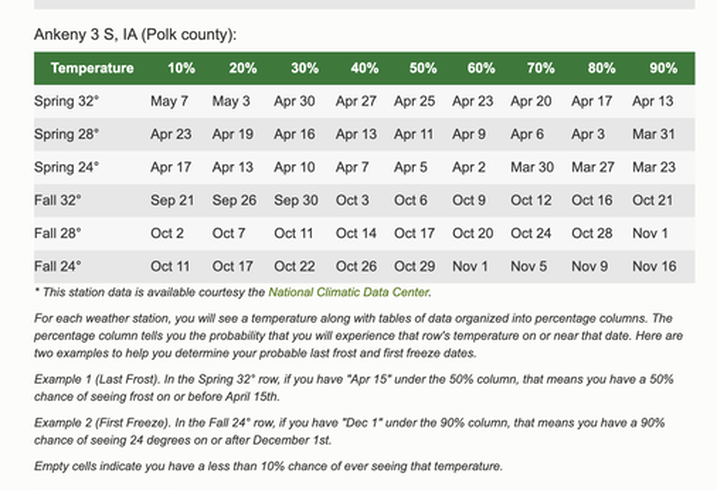
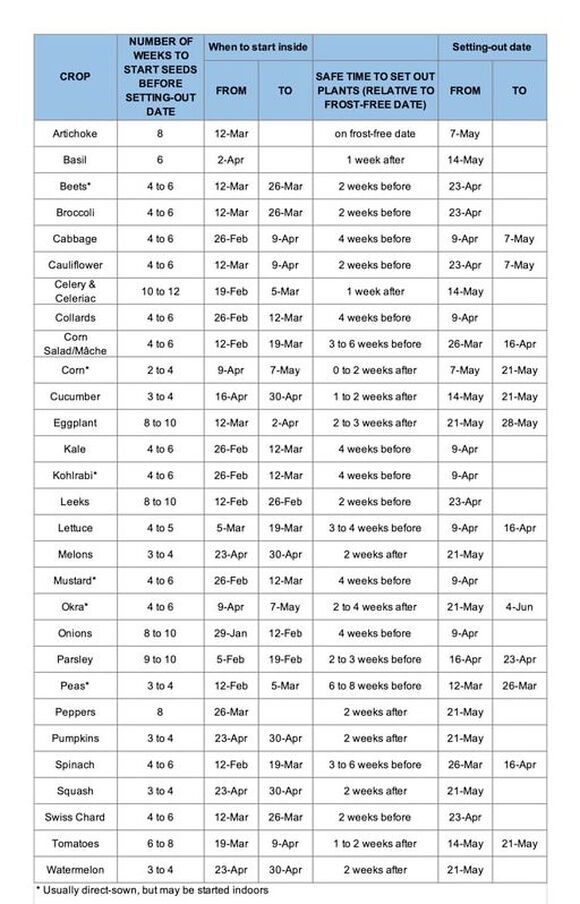
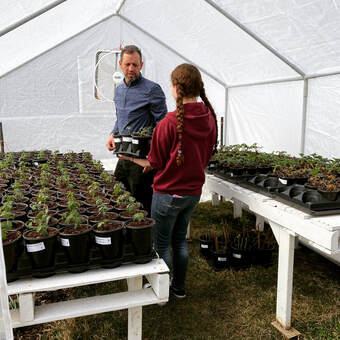
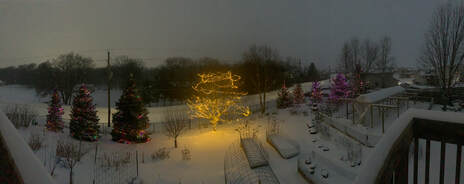
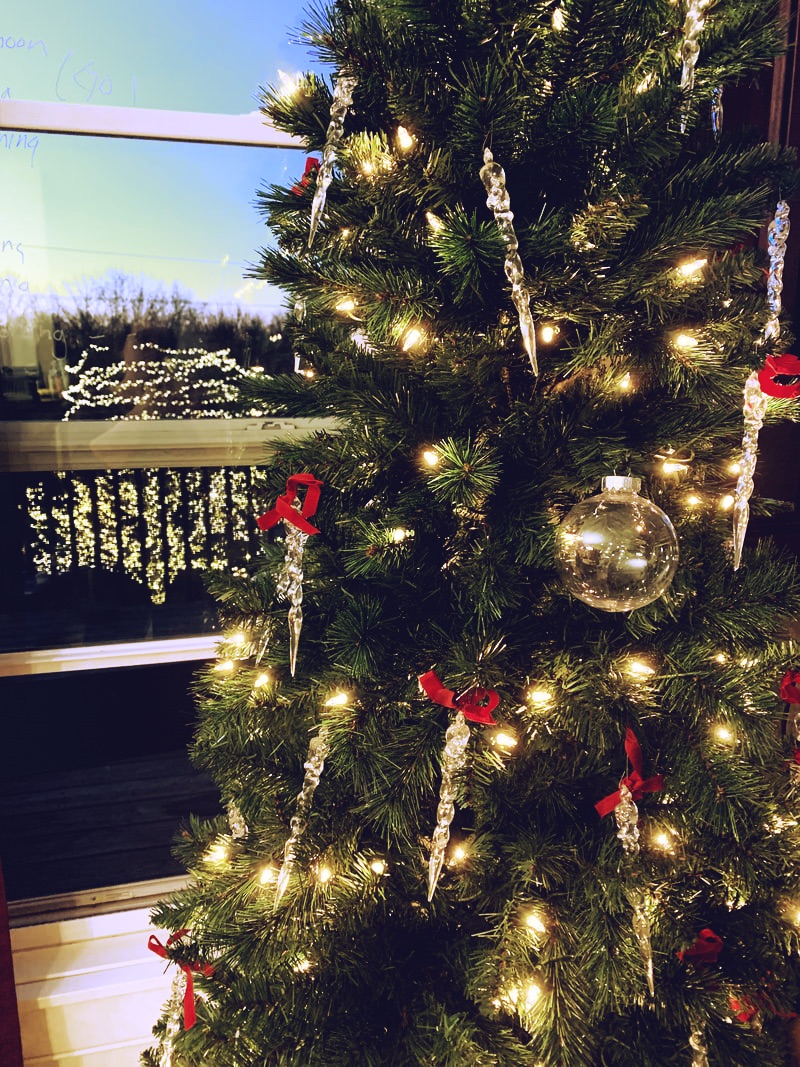
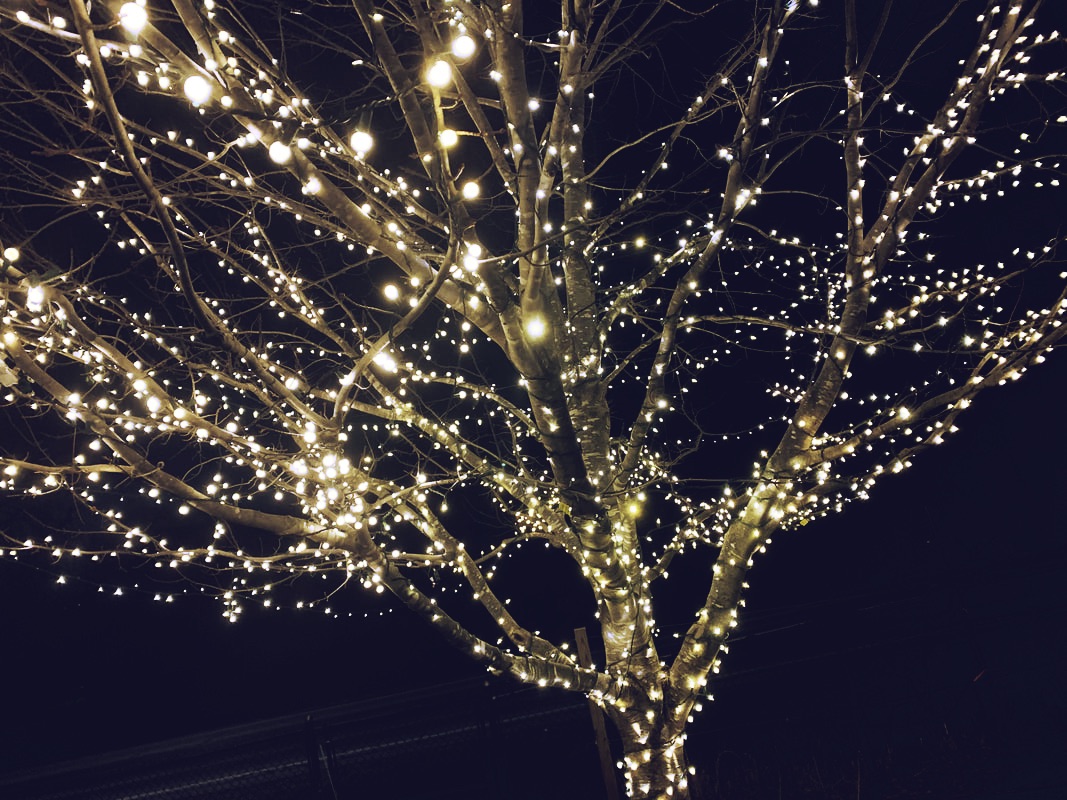
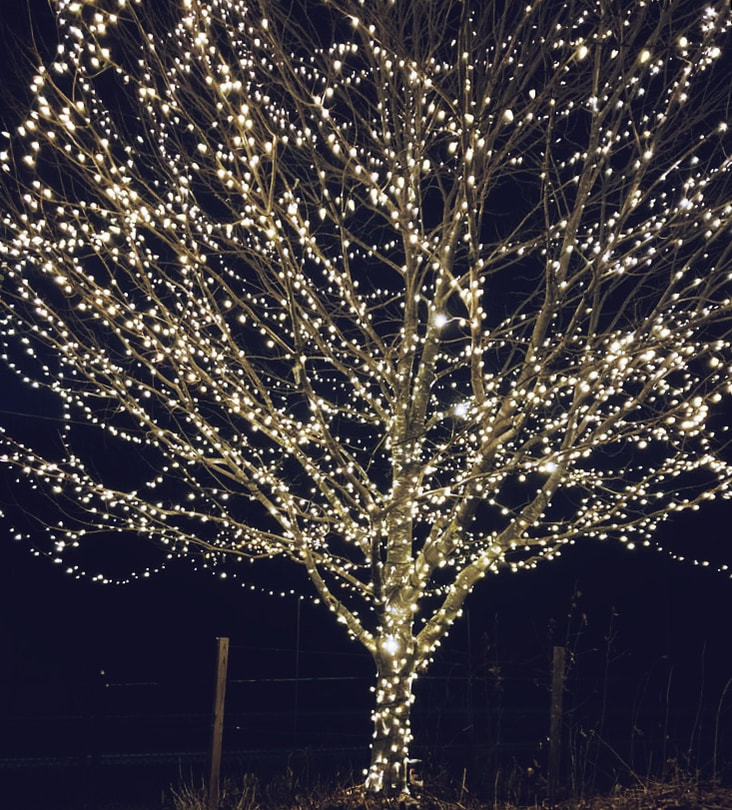
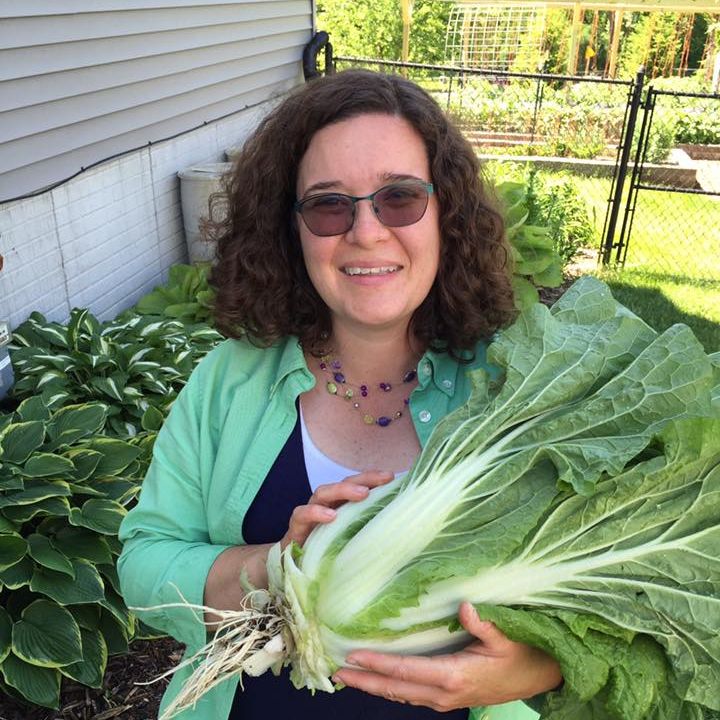
 RSS Feed
RSS Feed